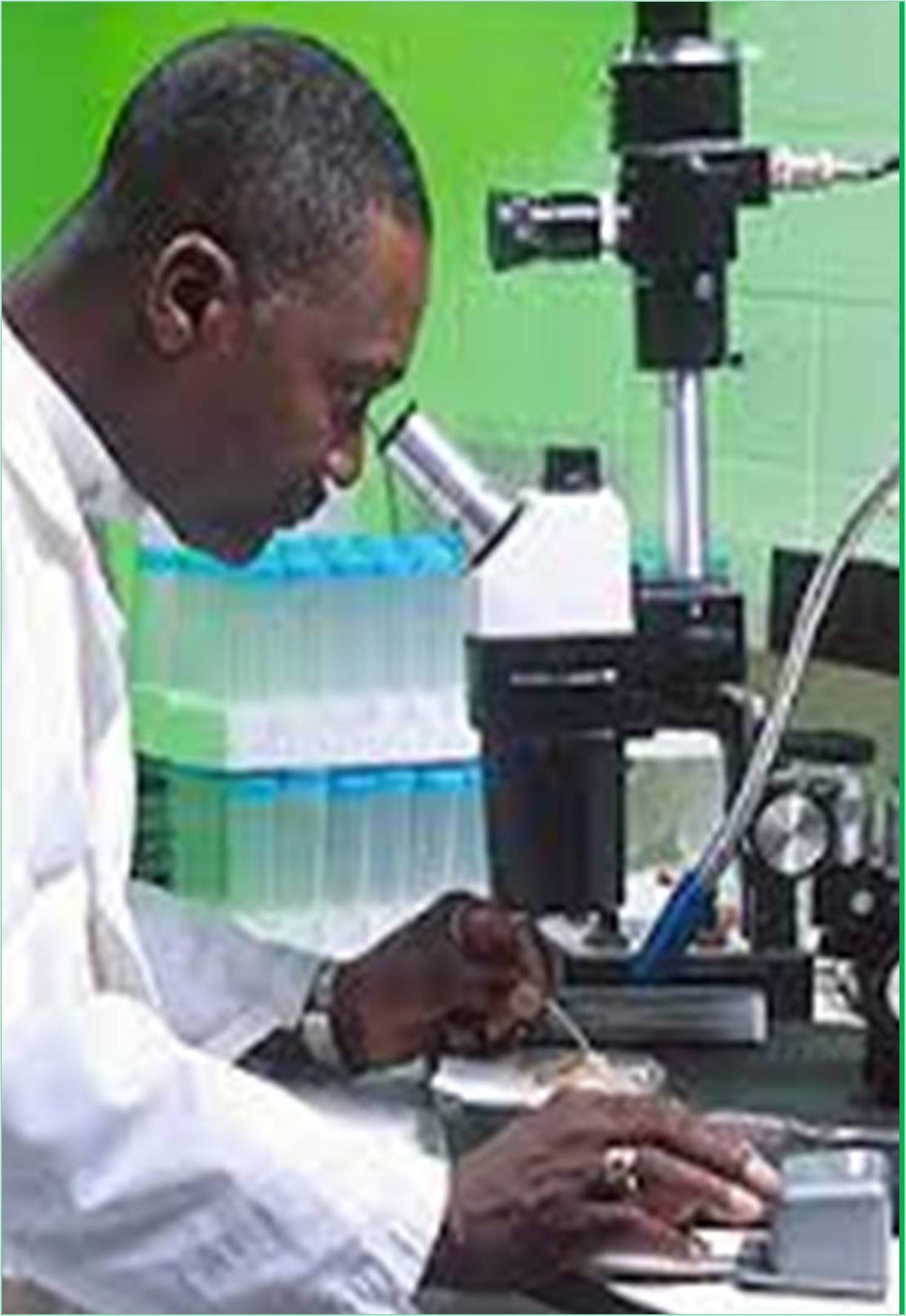



Received: 28-Jan-2022, Manuscript No. GJMR-22-59631; Editor assigned: 31-Jan-2022, Pre QC No. GJMR-22-59631(PQ); Reviewed: 14-Feb-2022, QC No. GJMR-22-59631; Revised: 21-Feb-2022, Manuscript No. GJMR-22-59631(R); Published: 28-Feb-2022, DOI: 10.15651/GJMR.22.10.409.
Protozoan infections are parasitic diseases caused by organisms previously categorized in the kingdom Protozoa. They are generally contracted by either an insect vector or by contact with an infected substance or surface and consist of organisms that are now categorized in the supergroups Excavata, Amoebozoa, SAR, and Archaeplastida. Protozoan infections are responsible for diseases that have an effect on many distinctive kinds of organisms, which includes plants, animals, and a few marine life. Many of the most prevalent and deadly human diseases are caused by a protozoan infection, such as African sleeping sickness, amoebic dysentery, and malaria. The species originally termed “protozoa” aren’t closely associated with every other and only have superficial similarities (eukaryotic, unicellular, motile, even though with exceptions). The terms “protozoa” (and protist) are generally discouraged in modern biosciences. However, this terminology remains encountered in medicine. This is partly because of the conservative character of the medical classification and partly because of the need of making identifications of organisms based upon morphology.
Within the taxonomic classification, the four protist supergroups (Amoebozoa, Excavata, SAR, and Archaeplastida) fall under the domain Eukarya. Protists are an artificial grouping of over 64,000 distinctive single- celled life forms. This means that it is difficult to define protists due to their excessive variations and uniqueness. Protists are a polyphyletic [(of a group of organisms) derived from more than one common evolutionary ancestor or ancestral group and therefore not suitable for placing in the same taxon] a set of organisms and they’re unicellular, this means that they lack the level of tissue organization which is present in more complex eukaryotes. Protists grow in huge types of moist habitats and a majority of them are free-residing organisms. In those wet environments, plankton and terrestrial forms can also be found.
Protists are chemoorganotrophic [organisms that oxidize the chemical bonds in organic compounds as their energy source] and are responsible for recycling nitrogen and phosphorus. Parasites are also responsible for causing disease in humans and domesticated animals. Protozoa are chemoorganotrophic protists and have three distinctive methods of obtaining nutrients. The first method of obtaining nutrients is through saprotrophic nutrition. In saprotrophic nutrition, nutrients are obtained from dead organic matter through enzymatic degradation. The second method of acquiring nutrients is through osmotrophic nutrition. In osmotrophic nutrition, nutrients are obtained through absorbing soluble products. The third method of obtaining nutrients is through holozoic nutrition. In holozoic nutrition, solid nutrients are absorbed through phagocytosis.
Some protozoa are photoautotrophic protists. These protists consist of strict aerobes and use photosystems I and II in order to perform photosynthesis which produces oxygen. All cells have a plasma membrane. In a protist, the plasma membrane is also called the plasmalemma. Just below the plasma membrane, and in the inner fluid region, the cytoplasm can be found. The pellicle structure in the protist is a thin layer of protein that helps provide the cell with some support and protection. In addition to the plasma membrane, protists comprise different types of vacuoles. Contractile vacuoles help to maintain osmoregulation, and phagocytic vacuoles allow select protists to ingest food. In some protists, flagella and/or cilia may be to help with motility and nutrient consumption. The flagella/cilia create water currents that help in feeding and respiration. Energy consumption is essential for protists’ survival. Aerobic chemoorganotrophic protists produce energy through the use of their mitochondria. The mitochondria then generate energy for the protist to keep up with cellular life functions. Photosynthetic protists produce energy by using their mitochondria and chloroplasts. Finally, anaerobic chemoorganotrophs produce energy by using hydrogenosomes, which is a membrane-enclosed organelle that releases molecular hydrogen (H2).
Encystment is when a protist becomes a dormant cyst with a cell wall; during encystment, the cyst has reduced complexity and metabolic activity relative to the protist. Encystment protects the protist from environmental changes, the cyst can be a site for nuclear reorganization and cell division, and it could act as a host cell in order to transfer parasitic species. Excitement is when a return to favorable conditions may also cause a cyst to return to its original state. In parasitic protists, excitement may also occur when the cyst is ingested by a new host.
Protists reproduce asexually or sexually. If the protists reproduce asexually, they do so through binary fission, multiple fission, budding, and fragmentation. If the protists reproduce sexually, they do so through a syngamy process where there’s a fusion of the gametes. If this occurs in an individual it is recognized as autogamy. If this occurs between individuals, it is known as conjugation.